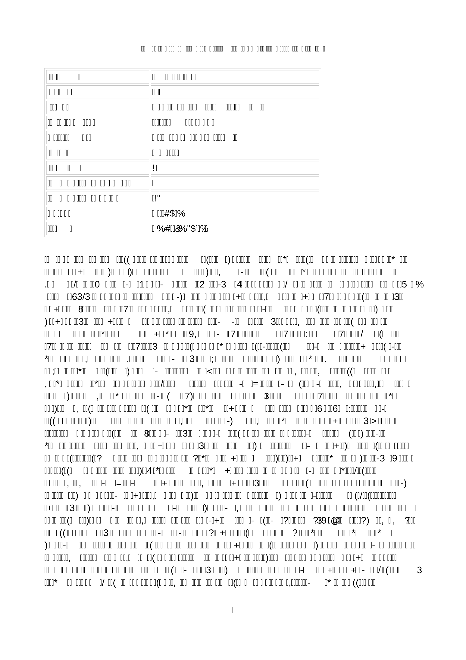Paulos Huang: Lao Zi, The Book and the Man
The author offers a critical study of the person and the work of Lao Zi, taking issue with the relatively sceptical positions usually adopted by most influential western scholars including Waley, Creel, Needham, Kaltenmark and Graham. International Chinese scholars such as Fung Yulan and D.C. Lau ar...
Gespeichert in:
| Veröffentlicht in: | Marburg Journal of Religion |
|---|---|
| 1. Verfasser: | |
| Format: | Artikel (Zeitschrift) |
| Sprache: | Englisch |
| Veröffentlicht: |
Philipps-Universität Marburg
1996
|
| Online Zugang: | Online Zugang |
| Tags: |
Tag hinzufügen
Keine Tags, Fügen Sie den ersten Tag hinzu!
|
| Zusammenfassung: | The author offers a critical study of the person and the work of Lao Zi, taking issue with the relatively sceptical positions usually adopted by most influential western scholars including Waley, Creel, Needham, Kaltenmark and Graham. International Chinese scholars such as Fung Yulan and D.C. Lau are also in this camp, the latter having doubted the very existence of Lao Zi. To have one's historical existence doubted is of course the ultimate acolade for the hagiographically privileged. But eventually there is a return to common sense. The sober historian of religions usually settles down into the view that Abraham existed, Mose existed, Jesus existed, Confucius existed and the Buddha existed. These figures were not figments of the imagination, even if much which has been said about that them is. The question is, is the present work by Paulos Huang the required swing of the pendulum in this case? He goes to considerable trouble to differentiate between that which the ancient Chinese historian Sima Qian himself seemed to be sure about, and those points about which he himself expressed uncertainty. That Lao Zi existed, and that he was responsible for a tradition of sayings which was eventually edited as the Dao De Jing , seems difficult to dispute unless all the old books are simply to be thrown aside as evidence. |
|---|---|
| DOI: | 10.17192/mjr.1996.1.3783 |
 Publikationsserver
Publikationsserver